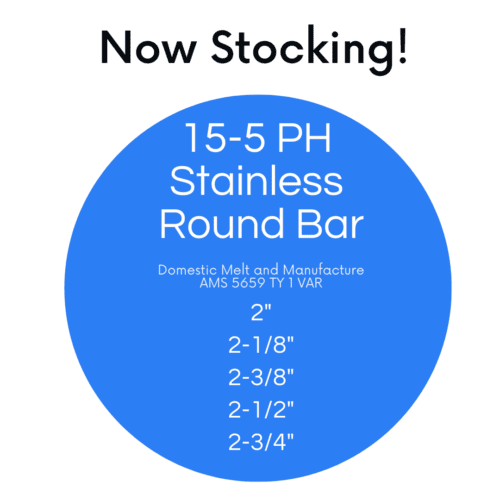How To Choose Your Stainless Steel Tubing Manufacturer
Stainless steel tubing is a widely used material and accessory in the manufacturing and construction industries. It is an adaptable, strong, and long-lasting multipurpose alloy well-regarded in the cookware, building, food and beverage, and automotive industries. Stainless teel is an alloy that resists corrosion and does not require zinc galvanization, making it a cost-effective and skillful option for most uses.
Stainless Steel Tubing Industry Application
Since its creation more than a century ago, stainless steel has been one of the world’s most popular and adaptable materials and is now essential for many industries. Due to its antibacterial qualities, ease of washing, and resistance to corrosion or reactivity with human fluids, stainless steel is generally considered a popular material used in medical devices.
Its other common applications include the following:
High-Pressure Industries
Stainless steel is ideal for factories that pump liquids through at high pressure. Some of these materials can be welded together, while others can be used seamlessly. The grade requirement may change based on the amount of stress applied to the pipes. Stainless steel tubings with higher grades can withstand high temperatures and pressure.
Aviation
Various aviation components use stainless steel, particularly in engines and areas with high temperatures. Chromium and nickel are typically found in the composition of the steel type employed.
Mining
The mining process requires pipes that must sustain high pressure and resist corrosion. Because they satisfy those requirements, stainless steel pipes are often the go-to material. Moreover, alloys containing molybdenum can offer reliable pipework for offshore mining without being harmed by seawater.
Are You Working With the Right Stainless Tubing Manufacturer?
Whether it’s a condenser or feedwater heater in a plant or an exhaust tube in an automobile, engineers have a wide range of options when choosing stainless steel tubing materials for the project at hand. The range of choices gives them access to the best grade and steel tubing type ideal for their needs.
ASTM provides a list of over 75 alloys for this purpose, allowing engineers more freedom to select the best stainless steel tubing option. This is possible even as they adhere to specifications, work within financial objectives, and maintain the performance requirements for the product’s lifetime.
Here are the top considerations when working with a stainless steel tubing manufacturer:
Seamless vs. Welded
Is your current steel tubing manufacturer capable of providing seamless or welded tubings for your needs? When choosing a tube’s material, a user must first decide whether a seamless or welded procedure is necessary.
Extrusion (a high-temperature shearing process) or rotary piercing (a process that tears interior tissue) are both used to accomplish seamless fabrication. In this case, the billet hole must be forced into the material in a process known as seamless tubular fabrication. However, these processes include the risk of introducing minor ID surface defects.
Seamless tubing is frequently chosen for tasks that call for hefty walls because it can withstand high-pressure situations. Thus, working with a company capable of providing seamless and welded services delivered within your expectations and needs is ideal.
Corrosion and Erosion
A seasoned and reliable steel tubing manufacturer can provide expert insight about the right type of machines, alloys to fabricate, the best materials for specific applications, and more. The same is true for factors like corrosion and erosion.
Rust is a typical consequence of corrosion, formed when iron corrodes and produces iron oxide. When a fluid oxidizes a metal atom, generalized corrosion causes the surface metal to dissolve. The wall thickness of the tube decreases due to this loss, increasing the likelihood of mechanical failure.
General corrosion is not catastrophic and can be anticipated. Still, an alloy prone to corrosion is frequently a more affordable material choice. Therefore, designers and engineers commonly include the “corrosion allowance” in the tube wall thickness.
Economic Considerations
The price of steel tubes has been severely impacted by the enormous fluctuations in nickel, copper, and molybdenum prices over the past few years. Hence, when creating long-term budgets for alloys with greater alloy contents like TP 304, TP 316, cupro-nickels, and the 6% molybdenum-containing alloys, one should exercise extreme caution.
Work with a contractor that can provide precise quotes with certified and high-quality materials suited to your needs and budget.
Bergsen Metals: Your Stainless Tubing Manufacturer in Santa Fe Springs, California
As the brand of choice for stainless steel tubing in Santa Fe Springs, Bergsen Metals goes above and beyond what our customers anticipate by combining excellent service with premium steel!
We take pleasure in offering reasonably priced materials that are competitive on the global market. Our goal is to establish successful, long-lasting relationships with each of our clients rather than simply acting as a service center for them.
Contact us today for high-quality stainless steel tubings and other steel requirements. We look forward to working with you!








